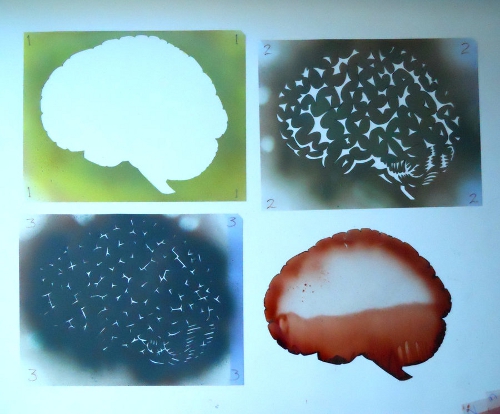Crystal Lattices as Refrigerators: Scientists Pump Heat With Crystals

A recent simulation conducted at the Carnegie Institution suggests that it’s possible to use crystals to pump heat efficiently, making them useful as a method of refrigeration. We may soon see crystals, instead of metal heat sinks, on our computer chips. The study, led by Maimon Rose and Ronald Cohen, simulated the behavior of a special [...]








